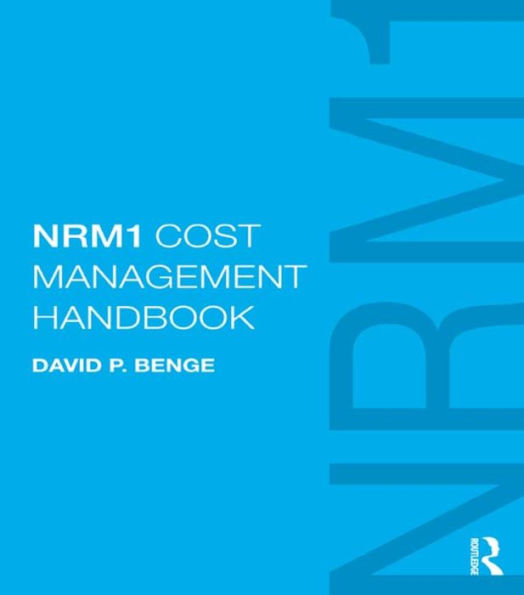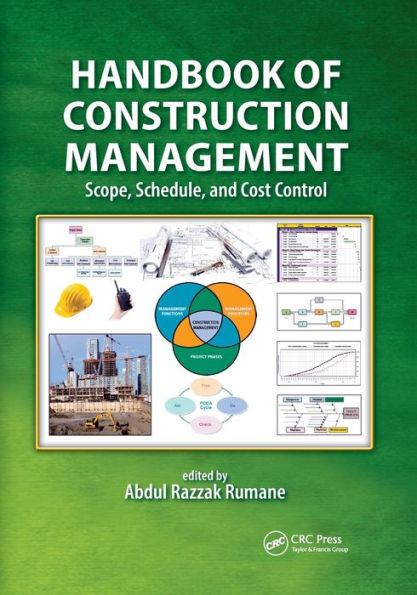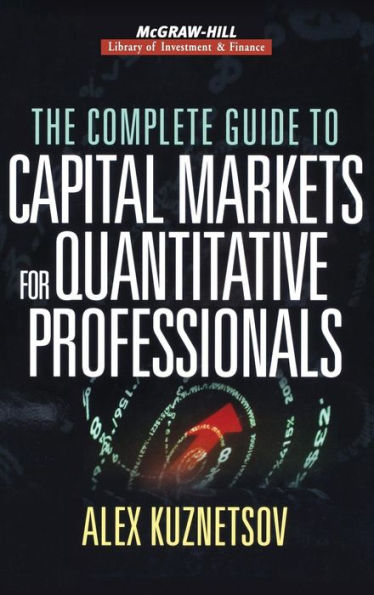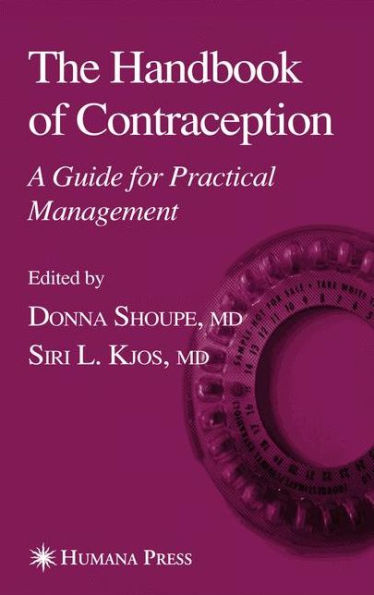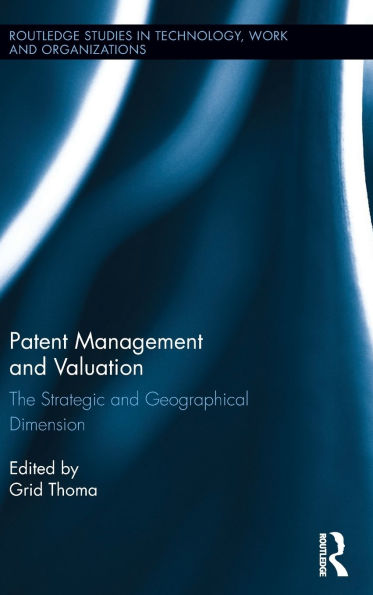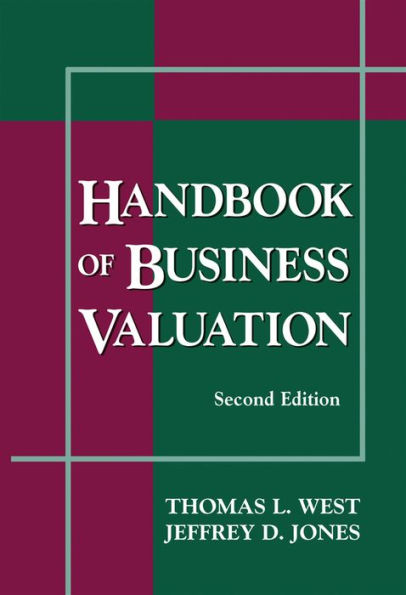Home
2017 Valuation Handbook - U.S. Guide to Cost of Capital / Edition 1
Barnes and Noble
2017 Valuation Handbook - U.S. Guide to Cost of Capital / Edition 1
Current price: $295.00
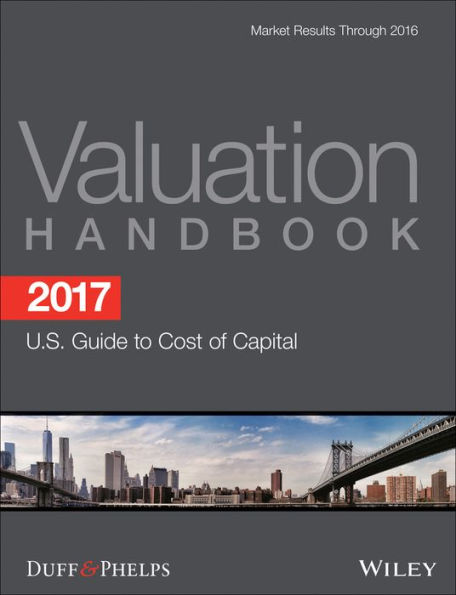

Barnes and Noble
2017 Valuation Handbook - U.S. Guide to Cost of Capital / Edition 1
Current price: $295.00
Size: OS
Loading Inventory...
*Product information may vary - to confirm product availability, pricing, shipping and return information please contact Barnes and Noble
Ensure that you're using the most up-to-date data available: Buy the
2017 Valuation Handbook – U.S. Guide to Cost of Capital + Quarterly PDF Updates
together!The New Industry Standard in Business Valuation Reference Materials
2017 Valuation Handbook – U.S. Guide to Cost of Capital
provides the key annual valuation data previously published in (i) the now discontinued Morningstar/Ibbotson
SBBI Valuation Yearbook
(discontinued in 2013), and (ii) the Duff & Phelps Risk Premium Report Study (no longer published as a stand-alone publication).The size premia data previously published in the
is referred to as the "CRSP Deciles Size Premia" exhibits in the new
, while the size and risk premia data published in the Duff & Phelps Risk Premium Report
Study has been published annually since 1996 and, like the former
,
provides data and methodology that can be used to develop cost of equity capital estimates using (i) the build-up method and (ii) the capital asset pricing model (CAPM).The
includes data through December 31, 2016, and is intended to be used for 2017 valuation dates.
For more information about Duff & Phelps valuation data resources published by Wiley, please visit www.wiley.com/go/valuationhandbooks.
Also Available
2017 Valuation Handbook – U.S. Industry Cost of Capital
2017 Valuation Handbook – International Guide to Cost of Capital
2017 Valuation Handbook – International Industry Cost of Capital
Key Features
Key cost of capital inputs:
The
provides the key inputs needed for developing the cost of equity capital (i.e., "discount rate") for use in estimating the value of a subject business, business ownership interest, security, or intangible asset. Inputs provided include: equity risk premia, size premia, risk premia over the risk free rate, full-information industry betas, industry risk premia, and the risk-free rate.
Discussion of topics that come up most when performing valuation analysis:
includes straightforward discussions about: (i) valuation theory, (ii) the differences between the various cost of capital estimation models (build-up, CAPM, Fama-French), (iii) understanding the basic building blocks of cost of equity capital (the risk-free rate, the equity risk premium, the size premium, beta, the industry risk premium, the company-specific risk premium), (iv) whether to "normalize" risk-free rates or not, (v) a detailed comparison of the CRSP Deciles Size Premia Study (the former
data) and the Risk Premium Report Study,
and more.
Easy-to-follow examples:
is packed with easy-to-understand examples for properly using the data to develop levered, unlevered, and even "high-financial-risk" cost of equity capital estimates using various build-up methods and CAPM.
2017 Valuation Handbook – U.S. Guide to Cost of Capital + Quarterly PDF Updates
together!The New Industry Standard in Business Valuation Reference Materials
2017 Valuation Handbook – U.S. Guide to Cost of Capital
provides the key annual valuation data previously published in (i) the now discontinued Morningstar/Ibbotson
SBBI Valuation Yearbook
(discontinued in 2013), and (ii) the Duff & Phelps Risk Premium Report Study (no longer published as a stand-alone publication).The size premia data previously published in the
is referred to as the "CRSP Deciles Size Premia" exhibits in the new
, while the size and risk premia data published in the Duff & Phelps Risk Premium Report
Study has been published annually since 1996 and, like the former
,
provides data and methodology that can be used to develop cost of equity capital estimates using (i) the build-up method and (ii) the capital asset pricing model (CAPM).The
includes data through December 31, 2016, and is intended to be used for 2017 valuation dates.
For more information about Duff & Phelps valuation data resources published by Wiley, please visit www.wiley.com/go/valuationhandbooks.
Also Available
2017 Valuation Handbook – U.S. Industry Cost of Capital
2017 Valuation Handbook – International Guide to Cost of Capital
2017 Valuation Handbook – International Industry Cost of Capital
Key Features
Key cost of capital inputs:
The
provides the key inputs needed for developing the cost of equity capital (i.e., "discount rate") for use in estimating the value of a subject business, business ownership interest, security, or intangible asset. Inputs provided include: equity risk premia, size premia, risk premia over the risk free rate, full-information industry betas, industry risk premia, and the risk-free rate.
Discussion of topics that come up most when performing valuation analysis:
includes straightforward discussions about: (i) valuation theory, (ii) the differences between the various cost of capital estimation models (build-up, CAPM, Fama-French), (iii) understanding the basic building blocks of cost of equity capital (the risk-free rate, the equity risk premium, the size premium, beta, the industry risk premium, the company-specific risk premium), (iv) whether to "normalize" risk-free rates or not, (v) a detailed comparison of the CRSP Deciles Size Premia Study (the former
data) and the Risk Premium Report Study,
and more.
Easy-to-follow examples:
is packed with easy-to-understand examples for properly using the data to develop levered, unlevered, and even "high-financial-risk" cost of equity capital estimates using various build-up methods and CAPM.
